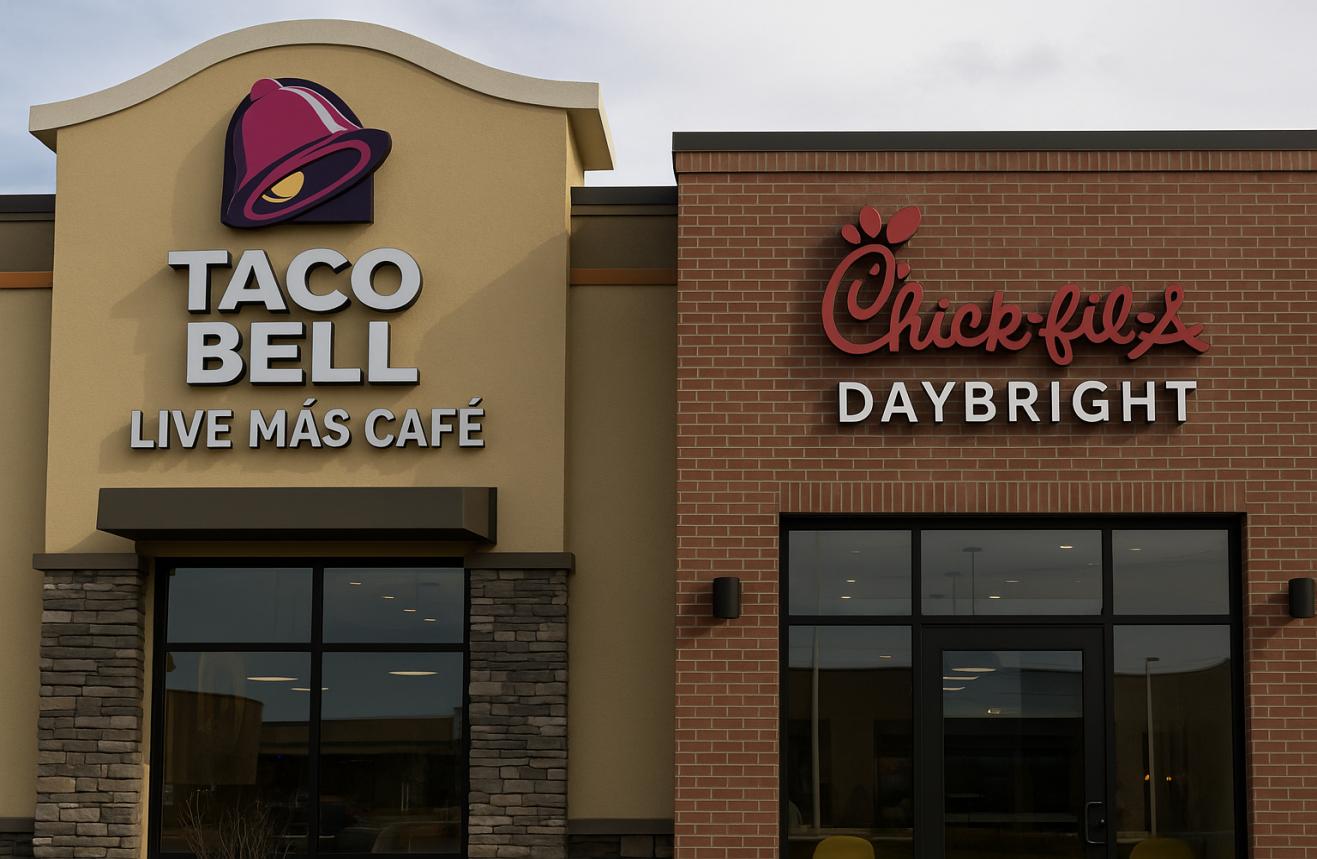
Recently, according to Business Insider, the fast food chain brand Taco Bell plans to open about 30 Live Mas Cafe stores mainly featuring beverages in California and Texas. And Chick-fil-A will also open its first beverage concept store named Daybright in Atlanta. The entry of the two enterprises into the new business model dominated by beverages almost simultaneously is regarded as a trend of the fast food industry extending into the high-margin beverage market.
Firstly, from the perspective of business structure, beverage stores seem to have the advantages of low average transaction value and high frequency of traffic on the surface, but the gross profit margin and cost structure behind them are not stable. Complex beverages require meticulous formulas and high-standard raw material supplies. However, the supply chain of fast food enterprises is renowned for its standardization and high efficiency. This model migration will increase the uncertainty in the production process. The profit model that originally relied on rapid turnover and scale may have its single-store profit margin diluted if it is overly disrupted by the demand for personalized beverages. Especially in regions like California and Texas where labor costs are high and store rents are expensive, even minor pricing and inventory errors can directly affect the break-even point.
Secondly, such stores that focus on beverages are highly dependent on social media promotion and consumers' curiosity. Attracting young people by creating topic heat and visually appealing beverage packaging and environmental design can indeed generate foot traffic in the short term, but maintaining such traffic and heat in the long run requires continuous investment in marketing costs. When the novelty wears off, brands need to constantly update their menus and design limited-time activities. The operational complexity and management costs brought about by such high-frequency innovations will continue to rise. Once the market enters the imitation stage, the marginal revenue of the brand will decline rapidly.
From the perspective of capital efficiency, opening 30 new types of stores means a large amount of upfront investment. Unlike the model that relies on minor renovations of existing stores, Live Mas Cafe and Daybright require independent store designs, brand positioning and supply systems. This means that Taco Bell and Chick-fil-A must reconfigure their fixed assets and brand resources. If direct operation is the dominant approach, the short-term capital occupation rate will increase significantly and the investment payback period will be prolonged. If the franchise model is adopted, issues such as standard implementation, training and brand consistency need to be addressed. Against the backdrop of already pressured profit margins in the fast food industry, this expansion strategy is more like a high-risk brand experiment.
From the perspective of industry competition trends, the boundaries of the beverage business are blurring. Starbucks' strengthening of food supply, McDonald's launch of the McCafe independent brand, and KFC's testing of hand-made coffee all indicate that the integration of fast food and beverages is becoming the norm. But this trend brings more about internal competition rather than new markets. The actions of Taco Bell and Chick-fil-A may stimulate revenue in the short term, but if the industry as a whole moves towards low-price promotion competition, long-term profits will be compressed instead. The capital market usually gives an initial premium to the expansion of new concepts. However, if the single-store profit and cash flow data in the financial reports fail to support the growth expectations, investors' confidence will drop rapidly.
Supply chain pressure is also a potential risk. The prices of beverage raw materials such as dairy products, fruit pulp, and coffee beans fluctuate frequently. If brands cannot lock in costs through centralized procurement, it will continuously squeeze their profit margins. In addition, the introduction of new product categories requires adjustments to the warehousing and distribution systems. This horizontal expansion means a redistribution of costs for traditional fast food enterprises and may even affect the stability of the main business supply.
To sum up, the entry of Taco Bell and Chick-fil-A into the beverage market more reflects a stress response to growth anxiety rather than structural business innovation. The challenges they face in terms of capital expenditure, brand positioning, supply chain stability and consumer retention may far exceed expectations. The beverage business model may seem to be asset-light and have a fast turnover rate, but it is highly dependent on marketing, has a fast update speed, and experiences significant profit fluctuations. The consumption of funds and brands is equally intense. If there is a lack of a clear profit model and sustainable business strategies, such expansion may eventually prove to be a high-cost trial-and-error process rather than a stable growth path for the long-term value of the enterprise.

Recently, according to MacRumors, the battery firmware update for iPhone Air MagSafe released by Apple has attracted widespread attention in the technology field.
Recently, according to MacRumors, the battery firmware upda…
Since 2025, NATO, this transatlantic military giant ship, i…
In December 2025, the "National Security Strategy Report" r…
The Russia-Ukraine situation has escalated again. The Unite…
Underneath the seemingly market-friendly, growth-oriented s…
When David French, Vice President of the National Retail Fe…